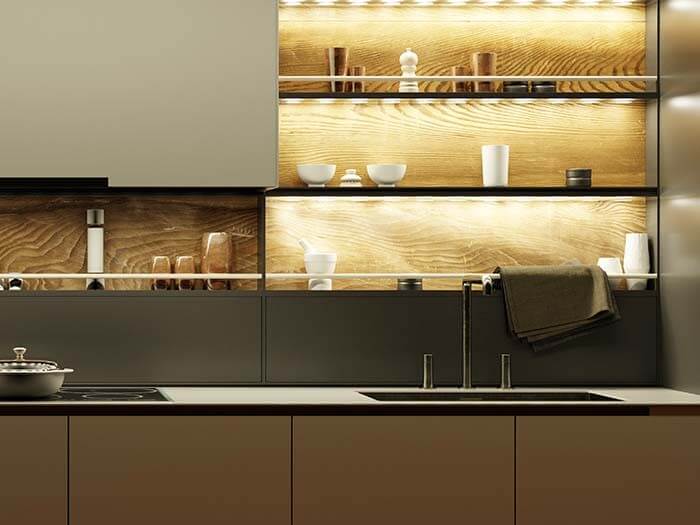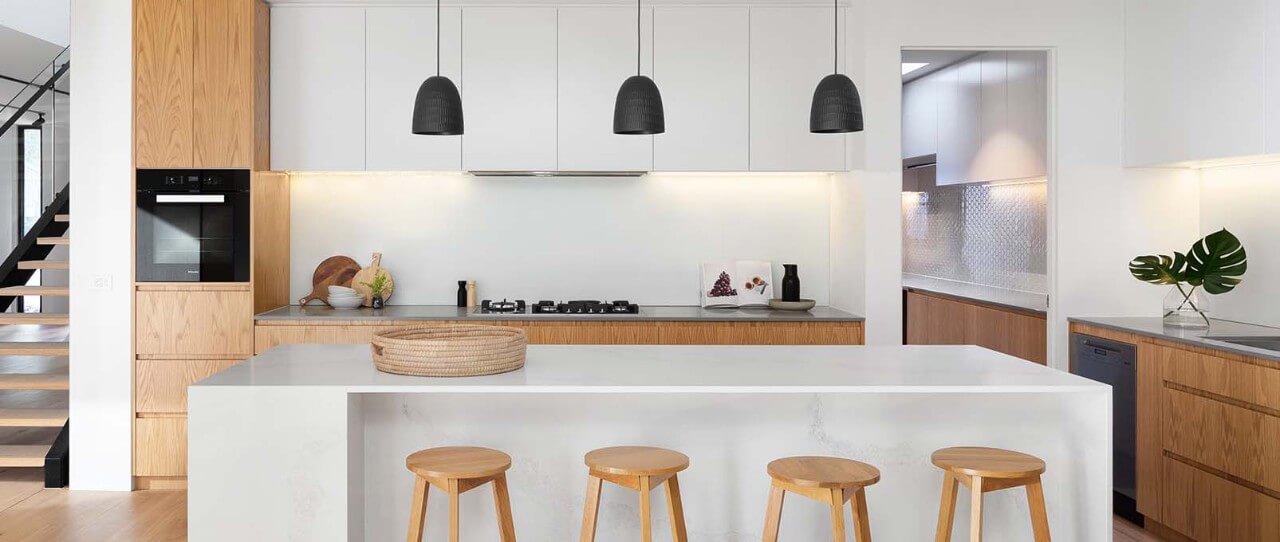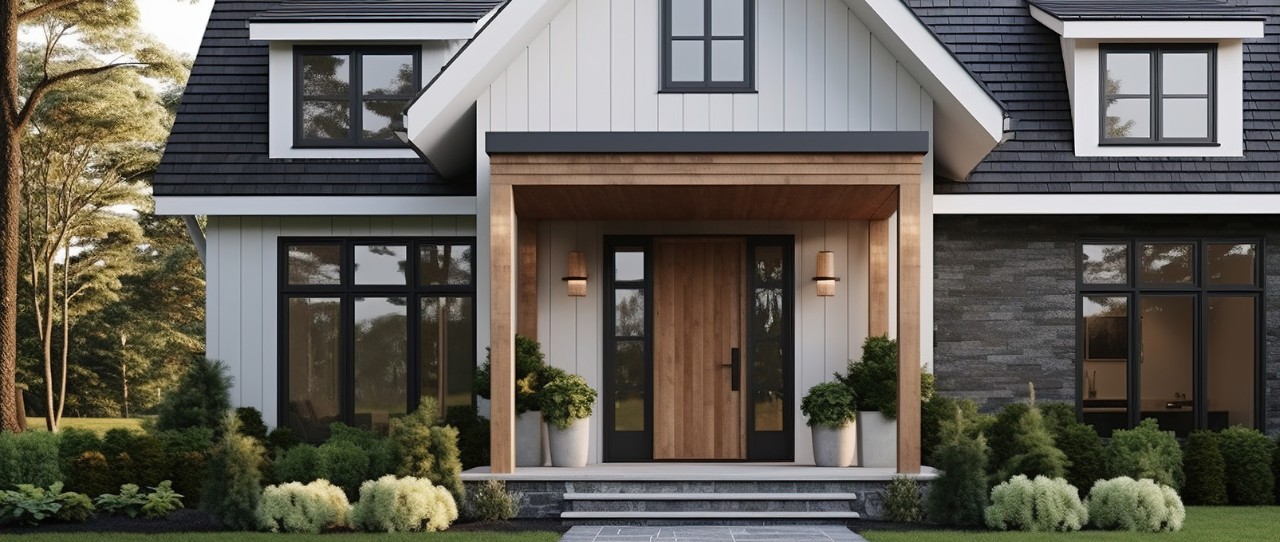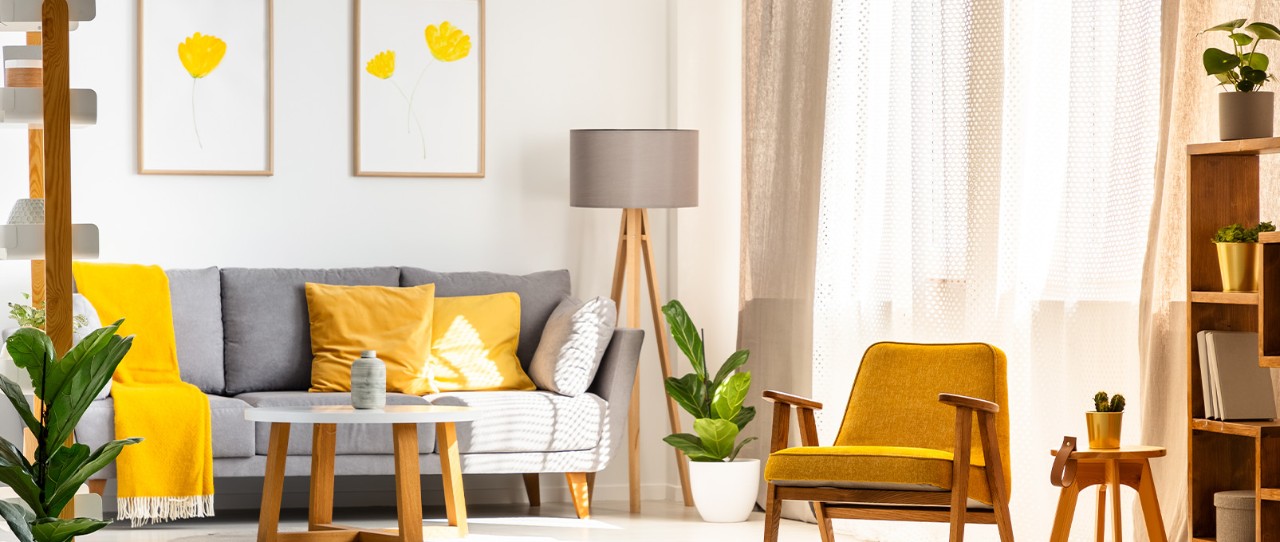How to achieve the right balance of light in this multi-functional space
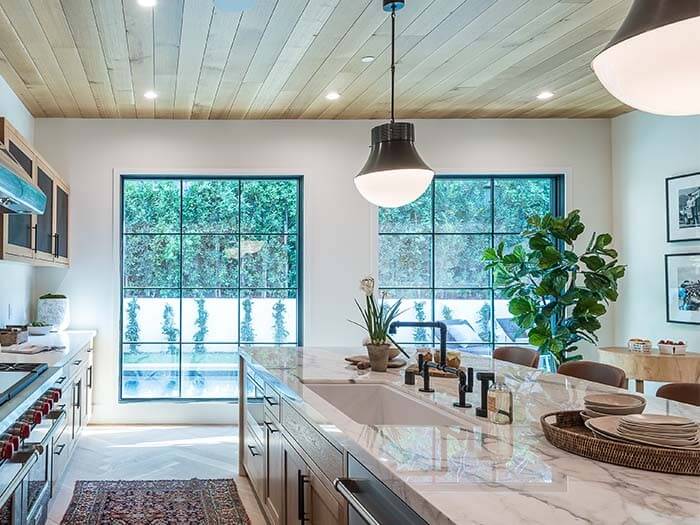
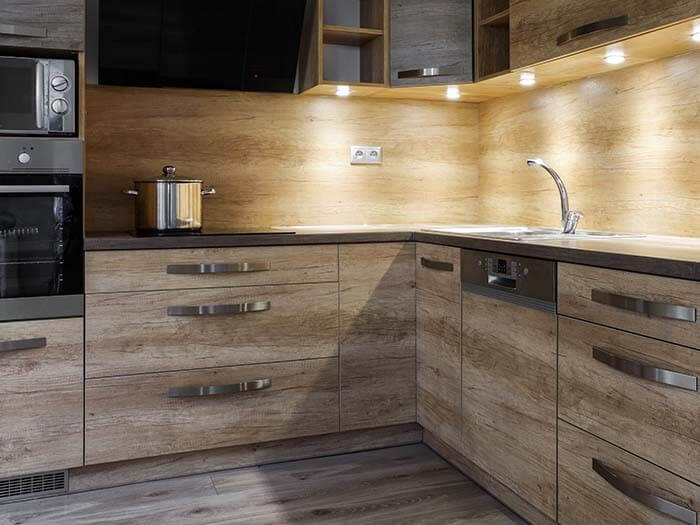
- Ambient lighting provides overall light for the room, with ambient light fixtures illuminating light evenly across your kitchen floor. Recessed lights mounted in the ceiling provide ambient light, as do flush-mount or semi-flush-mount fixtures and pendant lights.
- Task lighting, which is brighter than ambient lighting, casts light down over your work area, so you can easily see what you’re doing. Under-cabinet lights are great for over countertops and sinks, while pendant lights work well over islands or your kitchen table. (Avoid placing pendant lights directly above appliances, like your stove, that already have built-in lights.) You can also illuminate the insides of kitchen cabinets or drawers with LED strips or tape.
Accent lighting creates a focal point in the room. It’s ideal for highlighting architectural features or collections (like pottery, stemware or vintage plates). Fixtures that provide accent lighting include in-ceiling cove lights as well as puck lights that you mount on the inside of cabinets. Even toe-kicks around islands and cabinets can become accent pieces, adding depth to a room, with LED rope or tape lights.
